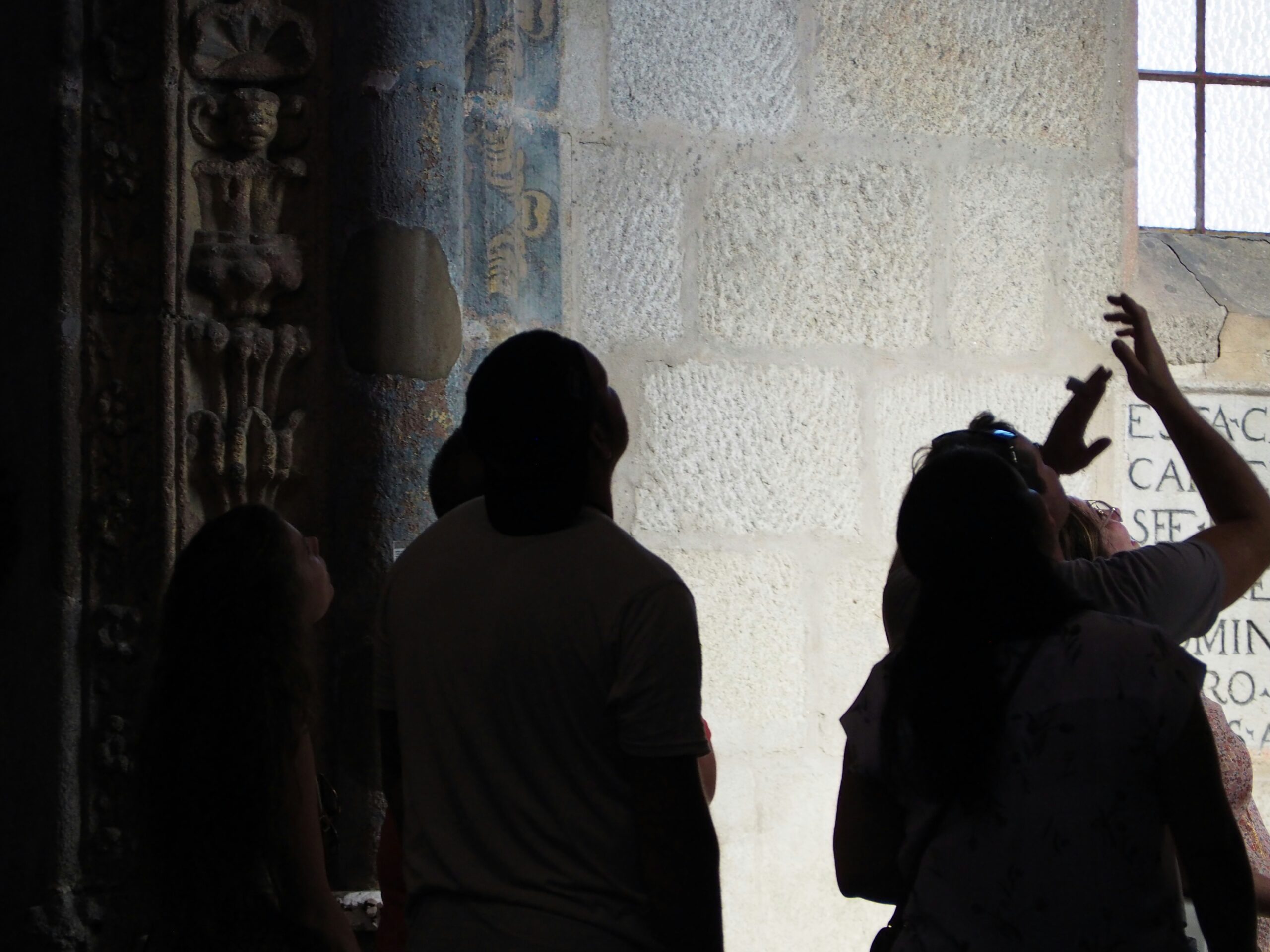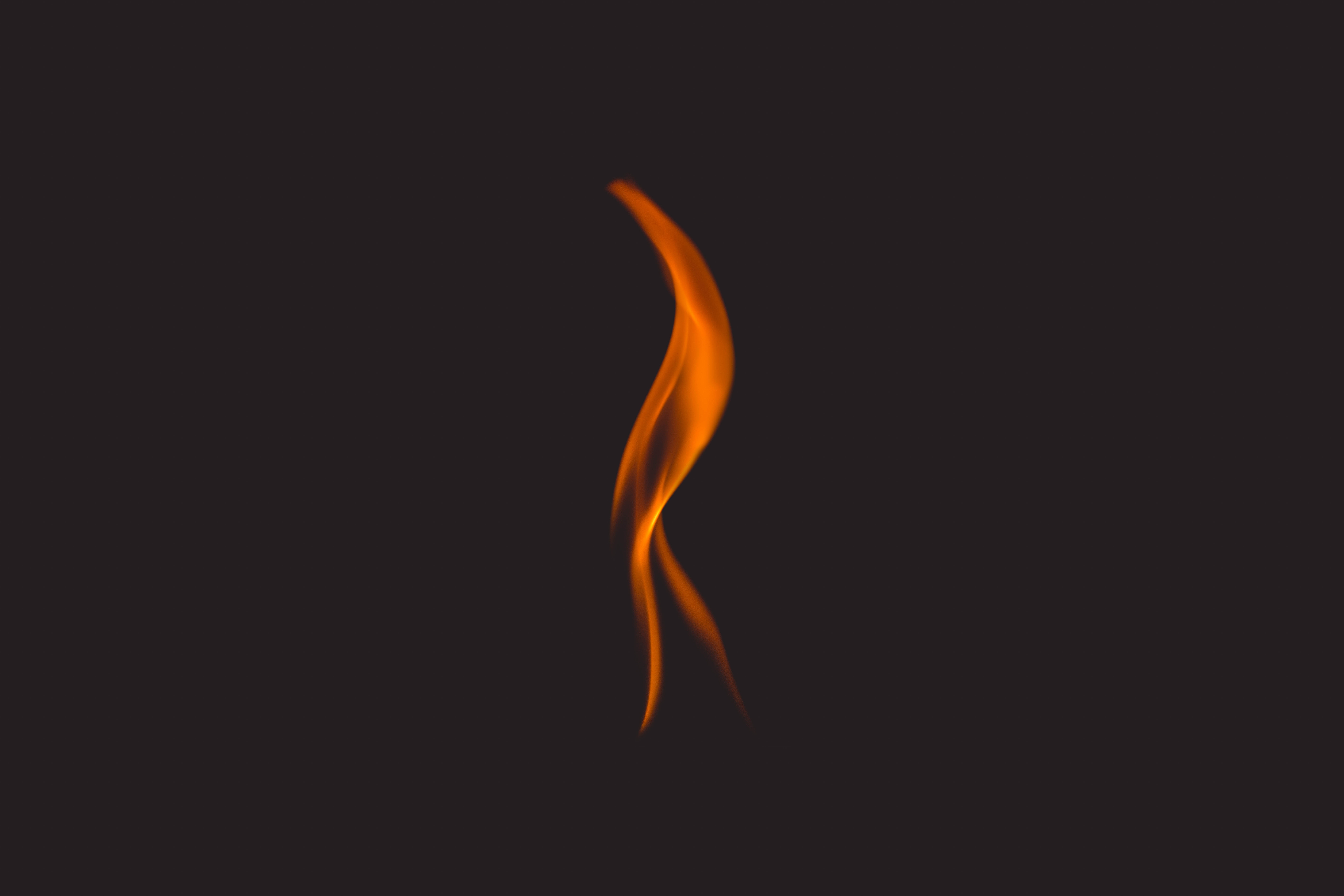Before the dandelion adventure, we paid a brief visit to the University of Michigan Museum of Art. (We were thinking of doing part of the 16-site Wander Washtenaw event sponsored by the Washtenaw County Historical Consortium this weekend, but I didn’t get my act together enough to realize that it went on all day yesterday but only three hours today, which wouldn’t have been enough time to do much.) I have passed by the museum almost every day on my way to class or work for the past nine months and today was the first time I’d been inside (pretty pathetic, I know).
They had a fantastic exhibition called “The Changing Garden: Four Centuries of European and American Art” (it goes on through next Sunday), with fantastic engravings, paintings, lithographs, and photos of places like Vauxhall and Versailles, including a fantastic seventeenth-century allegorical drawing depicting the sense of smell, with a couple of French nobles descending an estate staircase with flowers held up to their nostrils and their hounds beating a path in front of them, plus some unexpected stuff: a photograph of the San Gabriel Sanatorium, a place I hadn’t known existed; a photograph of San Francisco’s own Crissy Field; and a photograph of the gardens at the Huntington Library, a treasure in the backyard of my hometown which I’m ashamed to say I’ve never been to.
Apart from the exhibition, there were some astoundingly beautiful pieces of art, including Dirck Baburen’s “Christ on the Mount of Olives” (1620), Bertholet Flémalle’s “The Illness and Cure of Hezekiah” (1614-1675), Daniel Huntington’s “In the Mountain Fastness” (1850), Charles Wimar’s “The Attack on an Emigrant Train” (1856), Eastman Johnson’s “Boyhood of Lincoln” (1868), Christian Adolf Schreyer’s “The Retreat” (1860-1899), and John Stanley’s “Mount Hood from the Dalles” (1871). The only slightly annoying aspect of the collection are the patronizing curatorial descriptions affixed near some of the paintings to alert you to their horrifying political incorrectness.













